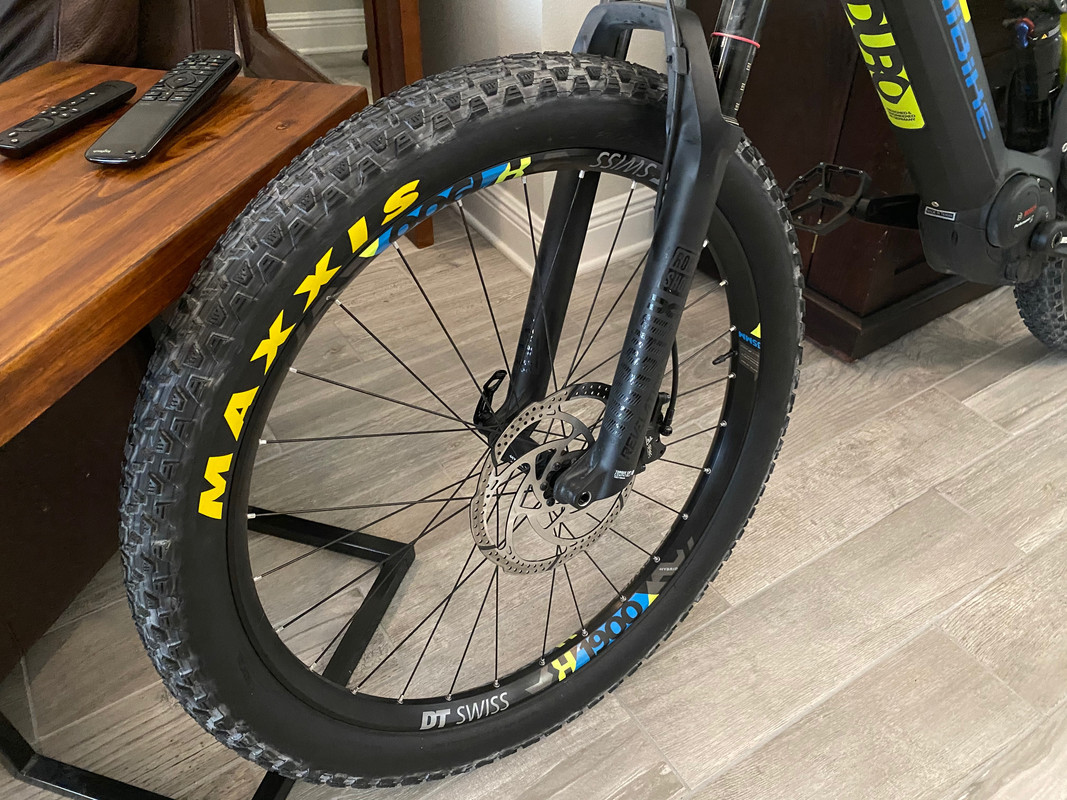I have to disagree. There are no differences between tubed and tubeless as far as the forces are concerned. The air doesn't care if there is a tube or not. Everyone is making too big of a deal of this one example. Blowouts are just as common with tubed tires with the same results. As mentioned, the key is having both tubeless rated rims as well as tires.I've never liked the idea of tubeless bike tyres. There's dozens of sharp spokes on a rim, and it only takes one to break and create havoc. True, this could happen w/ a tubed tyre too, but bike rims flex, they're thin walled aluminum, and their narrow design means there isn't much to keep something like this from happening on what sounds like a normal ride and it blew out just because.
When you put a tube in there, the forces are distributed equally because between the air (which is hard at high pressures) there is the rubber tube pressing against the rim and also against the inside of the tyre. It balances the pressures out radially because the more surfaces that are involved, the more the forces are spread out. There is a little give and take. With no tube, forces are acting directly on the tyre itself, hard air against hard rim, and the weakest spot is always going to be the most dangerous and least forgiving spot, right where the tyre clinches onto the rim. High air pressure, aluminum rims that flex especially during cornering, shallow grooves for tyre clinching, no thank you.
I have been running tubeless for thousands of miles with no problems. I ride in the Arizona desert and tubeless with fresh sealant is the only way to go. I am passing my replaced ebike down to my son. He doesn't want to mess with having to refresh sealant so he had me install tubes. I found 4 cactus thorns in one tire and the tire was still holding air (50 lbs). Had there been a tube installed, the first poke of a thorn would have meant a flat tire.

